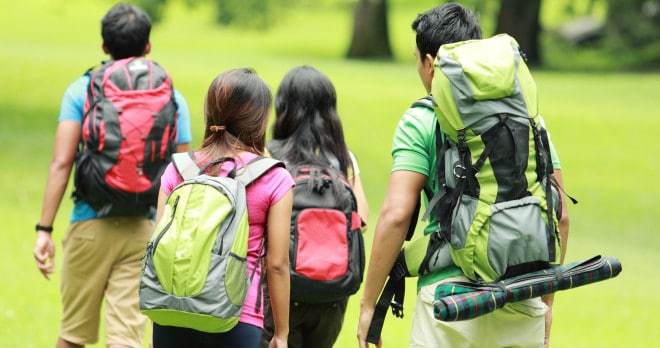Children’s holiday activities: play it safe

There are numerous providers of activities and numerous activities on offer ranging from music and drama courses to more adventurous outdoor activities. If you are considering an activity for your child, what checks can you make and what questions should you ask the organisers without feeling that you are being a neurotic parent? Some activities will of course carry a greater risk of injury:
1. Check to see if the activity you are considering requires a licence and, if so, does it have one? Generally licencing only applies to activities carried out in remote or isolated places run by commercial providers. To find out if an activity provider does have a licence you can telephone the Adventure Activities Licencing Authority on 02920 755715 or check on their website www.hse.gov.uk/aala.
2. The vast majority of activities on offer to the public will not require a licence but there are still some common sense questions that you can ask the provider, for example:
- What is the maximum number of children that can be accommodated on the activity?
- What is the provider’s criteria in terms of adult to child ratios? The level of supervision needs to be appropriate for the age of the children and the activities they are undertaking. There are no legal requirements but guidelines are issued by various organisations, including the NSPCC.
3. Ask how many adults have had first aid training.
4. Ask if all adults have Disclosures DBS (previously Criminal Record Bureau Checks).
Accidents will inevitably happen and for children it is part of the learning process. We expect bumps and bruises but more serious and avoidable injuries are another matter.
A real story
Craig was 14 years old when he attended a two-week summer camp with the Army Cadet Corps. On the last day he was taking part in an assault course, one element of which entailed sliding down a rope from a raised platform some 20ft from the ground. As he slid down the rope Craig lost control and, as a result of an awkward landing, fractured his ankle. If there had been greater supervision then Craig’s accident would probably not have happened. If there had been thicker matting at the base of the rope then Craig’s injury would probably not have been so serious. The ankle fracture failed to heal and Craig went on to have numerous operations which involved lengthy periods of non-weight-bearing and absence from school. Craig was left with one leg shorter than the other and with ongoing discomfort and reduced mobility. He received a significant sum of money by way of compensation but would have preferred not to have been injured in the first place.
At Withy King, we are experienced in dealing with personal injury claims affecting children. If your child has been affected by an accident and you would like to discuss this, please contact us on 0800 923 2068 or email [email protected].